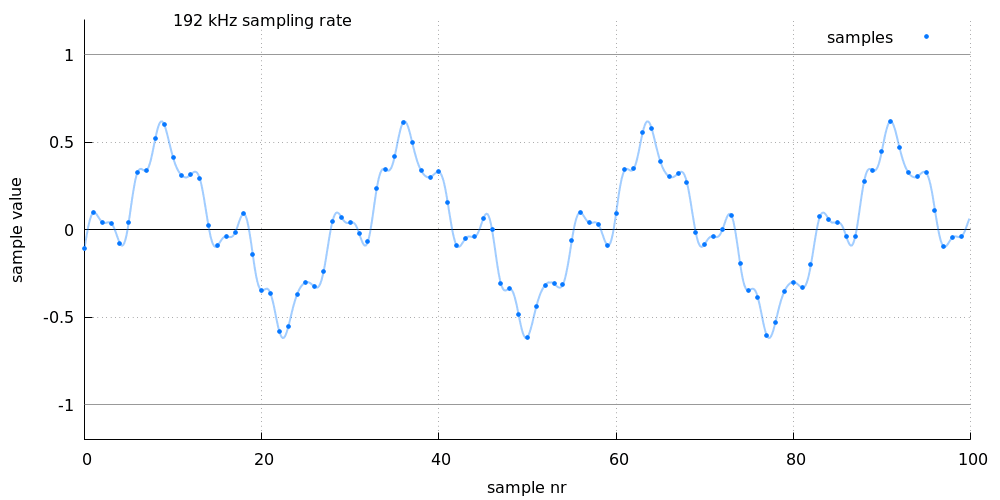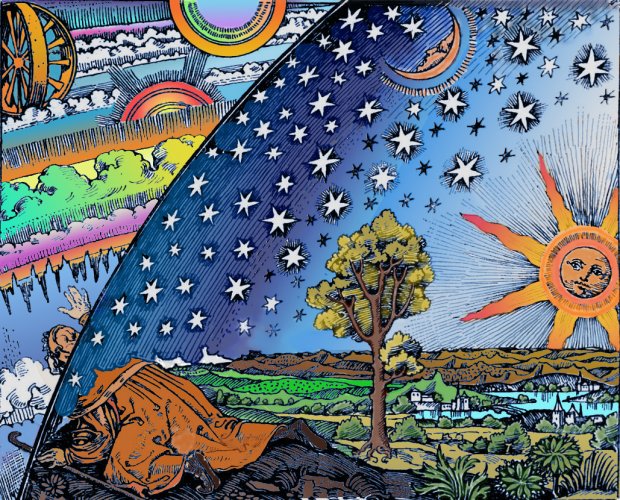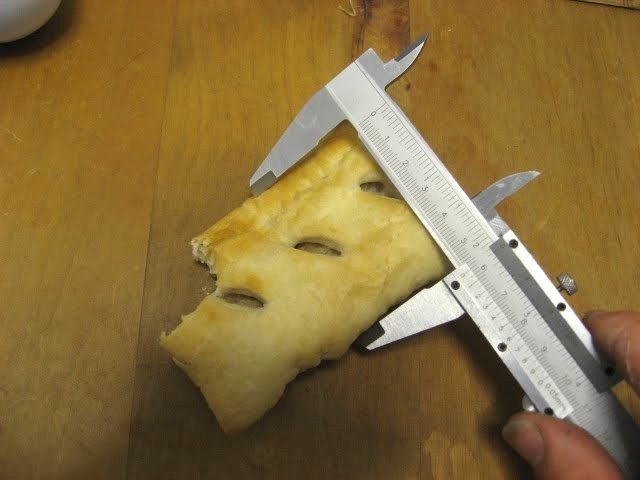Here professional sound engineer proves with experiments that any manipulation / mixing of a digital source at 44.1 kHz is introducing significant audible distortion.
That’s a lie, he absolutely did NOT prove that any manipulation of 44.1kHz introduces audible distortion! He demonstrated that using a specific distortion plugin (Decapitator) and feeding it a high level 8kHz signal that you get “
significant audible distortion” (plus some aliasing at 20kHz). Well duh, why the h€ll would anyone apply a distortion plugin not to introduce any audible distortion, are you completely nuts? You think we add EQ plugins because we don’t want any EQ and compression plugins because we don’t want any compression? Do we also put turbos on car engines because we want them to be naturally aspirated and add Coke to Rum because we don’t want any Coca Cola? Clearly you have not understood the point he was making, or that it’s an edge case use!
He does, and encourages everyone, to always mix strictly at 96 kHz all the way to the final master.
He explains why he personally always mixes at 96kHz, which is that he apparently uses a very atypical distortion plugin that does not oversample, he does not want to use a DAW such as Reaper that has a built-in oversampling function or a different distortion plugin that does oversample and apparently he uses that plugin on many dozens of channels, with a significant amount of HF content. That is an extremely edge case scenario and contrary to yet another false assertion on your part, he does NOT “
encourage everyone to strictly mix at 96kHz all the way” in fact he states pretty much the exact opposite at about 23:00! (Edit: As
@VNandor quotes).
I’ll ask again: Are you really this deluded and ignorant or are you just trolling?
The point made in the video was using 44.1 kHz project sample rate + oversampling plug-ins can end up causing more CPU load than having a 96 kHz project without the need of oversampling plug-ins. I suppose the nature of the project dictates how this is (any views about this Gregorio?).
The points he made seem a bit bizarre: He mentioned using a high shelf to boost freqs higher than 20kHz but there are no use cases for that. He mentioned that using several oversampling plugins on a 2006 6 core Pentium could cause CPU load issues, and sure, I won’t disagree with that but I don’t know anyone in a professional/commercial studio who uses such an ancient computer, in fact no current DAW/software will even run on that CPU. You can buy a Mac for about $1,400 with 12 cores, each of which is probably around two orders of magnitude more powerful than a Pentium core, that can probably run 100 oversampling plugins without issue.
He mentions (or implies) using 100 instances of Decapitator, which is thoroughly bizarre. Decapitator isn’t a particularly good distortion plugin to start with and I can barely even imagine using more than a dozen or so distortion plugins on the same mix, maybe a couple of dozen in an extreme case and even with heavily distorted music genres around 6 or so would be typical, so 100, very strange/atypical! Certainly using over 100 plugins is pretty common, I’ve done mixes with several hundred plugins but not 100 non-linear plugins that would benefit from oversampling.
He also mentioned good and bad oversampling/downsampling algorithms in plugins, again, *sometimes* an issue in 2006 but not for many years. Definitely seems like he has a bit of an agenda, which is somewhat justified if it’s based on experience going back to 2006. It would be interesting for him to do a mix at 48kHz with oversampling distortion plugins, the same mix at 96kHz and do a DBT between them.
To answer your question, there might be cases where one is using such a high number of oversampling plugins that CPU load would be less to just use a 96kHz sample rate. It would be pretty rare though, most likely case would probably be using a lot of soft-synths that oversample, although some would downsample 96kHz because some patches employ audible aliasing as an effect. There’s not a definitive answer but the circumstances where it would be beneficial are a lot rarer than they were 20-25 years ago.
Absolutely none of the above is applicable to
@Androxylo or any other consumers though, unless they’re playing back audio with a great deal of HF content and slathering it with distortion using the Decapitator plugin!
G






















